This glossary contains explanation on technical terms together with the CLOU energy storage systems. We are using the terminology of the International Electrotechnical Commission (IEC) and for chemical elements the periodical table of the International Union of Pure and Applied Chemistry (IUPAC).
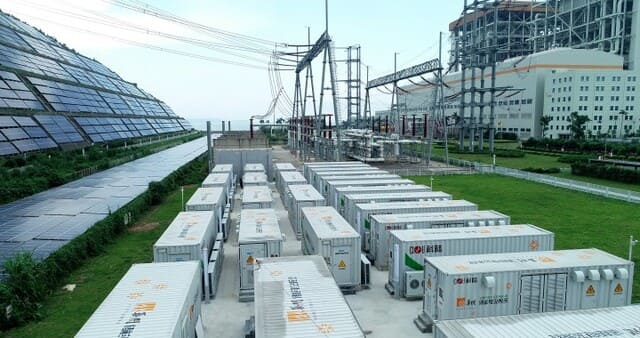
BMS Battery Management System
LFP batteries are including a system that will ensure the battery works within safe limits. The BMS controls, monitors and protects the single batteries. This extends the lifetime of the batteries.
Lithium iron phosphate cells are more tolerant than other cell types, but they can still be affected by overvoltage during charging, which degrades performance. The cathode material can also oxidize and become less stable.
The BMS limits each cell and ensures the battery itself is kept to a maximum voltage. Under-voltage will cause a breakdown of the electrode materials. The BMS is able to disconnect a battery from the circuit if any cell drops too low. It also protects against overcurrent and short-circuit.
Charging and Discharging Rates, C-Rate
For batteries, it's a common praxis to indicate the charging/discharging with a C-rate. The C-rate is a measure of the factor at which a battery is charged or discharged relative to its maximum capacity.
A rate of 1 C means that the entire battery will be charged or discharged in one hour. This rate is independent of the capacity. If the C-rate is < 1, the charge/discharge process takes longer.
An example, our energy storage container CLC40-2500 has a capacity of 2.5 MWh and a rate 0.5 C. This means that the container can be discharged in two hours with 1.25 MW per hour.
EES Electrical Energy Storage
EES can be categorized into
– mechanical (e.g. pumped hydro),
– electrochemical (secondary and flow batteries)
– chemical (including fuel cells)
– electrical
– thermal
Utility-scale storage still relies mainly on pumped hydro, but batteries are increasingly used as their energy storage capability increases and costs are coming down.
ESS Energy Storage System
This term is nowadays widely used to indicate energy storage with batteries. It's not covered by IEC. CLOU is producing ESS only.
LFP Battery
LFP stands for lithium iron phosphate (chemical LiFePo2). This indicates the cathode. The anode consists of graphite carbon. LFP is composed of more than one negatively charged element. Its atoms are arranged in a crystalline 3D structure compared to the 2D structure of nickel manganese cobalt (NMC).
The LFP battery operates by moving between positive and negative electrodes to charge and discharge. LFP batteries have advantages versus the old NMC batteries. Phosphate is a non-toxic compared to cobalt oxide or manganese oxide, and LFP batteries are capable of delivering constant voltage at a higher charge cycle. Tesla car batteries are now also using LFP. CLOU owns several patents for LFP technology.
PCS Power Conversion System
A power conversion system (PCS) converts AC to DC or vice versa. The power is flowing into the batteries to charge them (AC/DC) or is taken from the battery storage (DC/AC) to feed into the grid.
PV Photovoltaic
PV materials and devices convert sunlight into electrical energy. A single PV device is called a cell. An individual PV cell can typically produce a power between 1 W and 2 W. The cells are made of semiconductor materials and are combined to panels. In order to withstand outdoor use for many years, the cells are sandwiched between protective materials in a combination with glass or plastics.
SoC State of Charge
The State of Charge (SoC) refers to the relative quantity that indicates the remaining capacity of a battery as a ratio to its maximum available capacity. It is commonly used to determine the level of charge in a battery. For example, if the SoC is 100%, it means the battery is fully charged, while an SoC of 0% indicates a completely discharged battery. Accurate estimation of the battery SoC is crucial for effective battery management systems (BMS).
Editor's note: This article was originally published in February 2022 and has been updated for comprehensiveness.
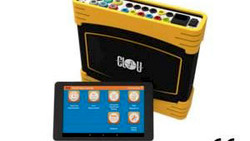
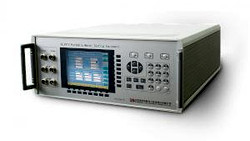
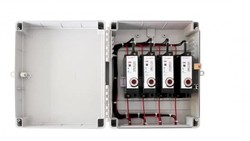
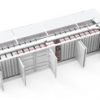
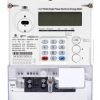
Can I take the datasheet of CLOU Power Conversion Systems & Container BESS systems
Sure, our team has contacted you via email.
Can I have the datasheet of CLOU Power Conversion System NEPCSH-4000/3200/2800/2400?
Thank you for your comment. We'll contact to you via E-mail for more details.